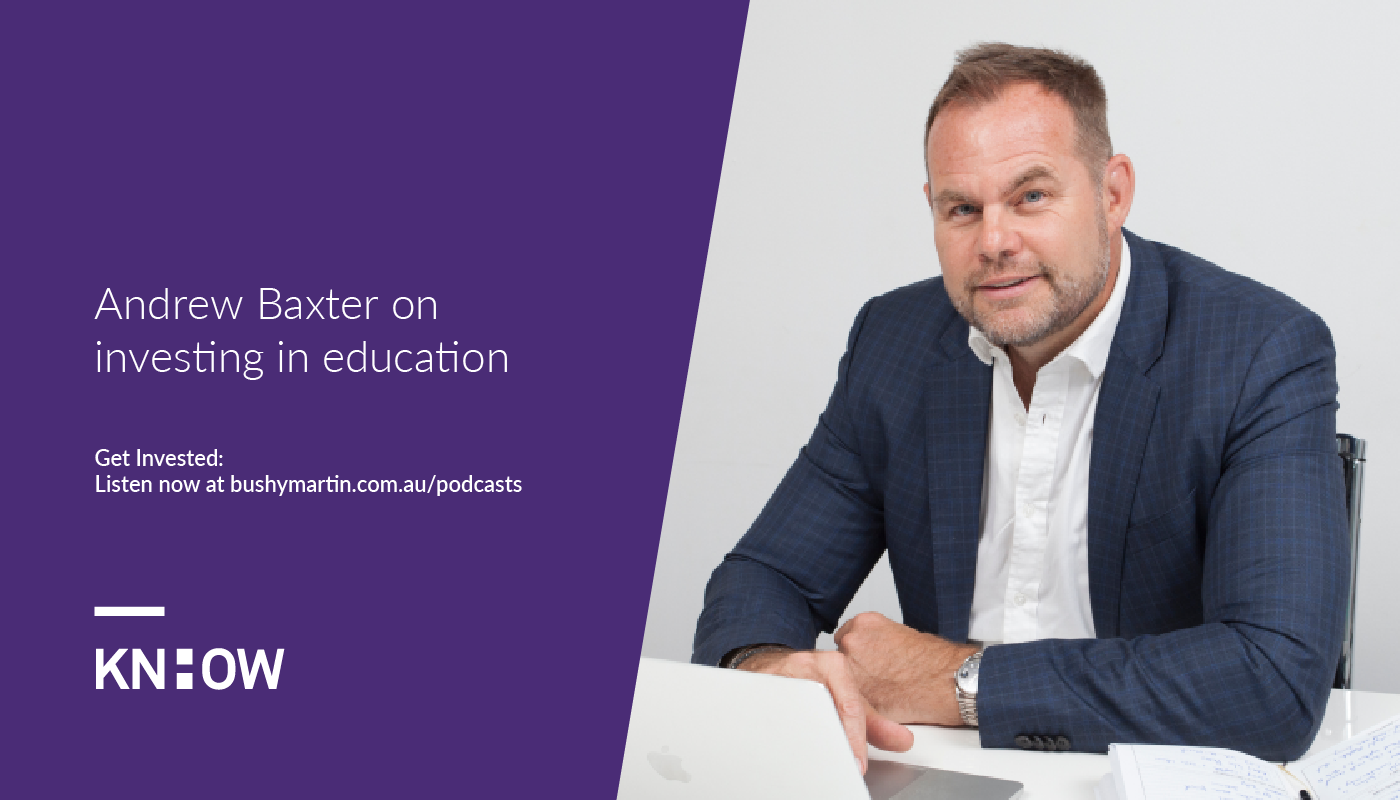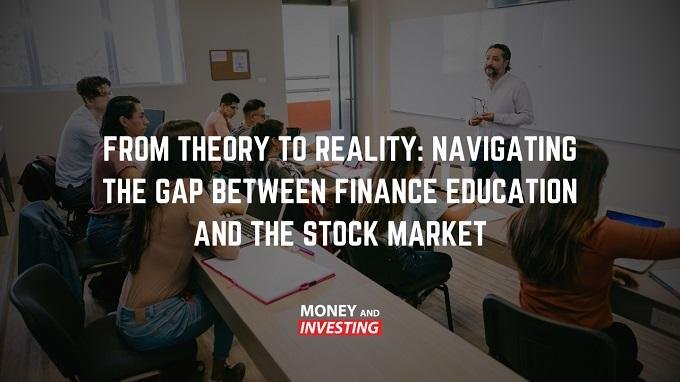Understanding Market Phases: Strategies to Maximise Cycles and Trends - Money and Investing with Andrew Baxter
Market Phases: The Big Picture
Market phases are the overarching movements we see in the markets over long periods. Think of these as the broad strokes of market behavior, either bullish or bearish.
Bullish Phase: This is when markets are on the rise, typically driven by strong economic indicators, low-interest rates, and robust corporate earnings. For example, post-GFC, the U.S. markets enjoyed a significant bullish run, largely fueled by near-zero interest rates and aggressive monetary policies.
Bearish Phase: On the flip side, a bearish phase is characterized by falling market prices. This often happens during economic downturns, periods of high inflation, or when interest rates spike. Take the U.S. from the late 1960s to the early 1980s, a textbook case of a secular bearish market, plagued by inflation and soaring interest rates.
Market Cycles: The Ebbs and Flows
Within these broad phases, market cycles represent shorter-term economic fluctuations. These cycles are driven by factors like government policy, geopolitical events, and shifts in investor sentiment.
Expansion: During an expansion, the economy is growing, corporate earnings are up, and stock prices tend to rise. You’ll see this aligned with strong GDP growth and low unemployment.
Peak: The peak is where things start to slow down. Market valuations are stretched, and this is typically where savvy investors start getting cautious.
Contraction: Here’s where things get dicey. Economic activity drops, earnings fall, and markets pull back. This can be triggered by rising interest rates, inflation, or an external shock.
Trough: The trough is the bottom of the cycle. Markets have corrected, valuations look attractive, and it’s the setup for the next big run.
Market Trends: Playing the Short Game
Market trends are what traders live for. These are the shorter-term movements, up, down, or sideways.
Uptrend: In an uptrend, prices are making higher highs and higher lows. This is your classic buy-and-hold opportunity.
Downtrend: In a downtrend, it’s the opposite. Prices are dropping, and if you’re savvy, this is where shorting or selling can make you money.
Sideways Trend: When the market moves sideways, it’s a waiting game. Prices stay within a tight range, and traders might play the edges, buying at support, selling at resistance.
Strategic Investing: Tailoring Your Approach
Knowing where the market sits in its phase, cycle, or trend helps you craft your strategy.
Long-Term Investors: If you’re in it for the long haul, you’ll look to buy during the troughs and hold through expansions. Over time, markets tend to rise, so patience pays off.
Short-Term Traders: Traders focus on timing. They’re looking to capitalize on short-term trends, using technical analysis to enter and exit at just the right moments.
Defensive Plays: When the market peaks, or during times of uncertainty, it might make sense to shift to defensive assets like bonds or utilities. These tend to hold up better when the market gets choppy.
Stay Flexible
Investing isn’t about guessing; it’s about adapting. By understanding market phases, cycles, and trends, you’re better equipped to navigate the ups and downs. Whether you’re in it for the long-term or trading the short game, the key is to stay informed, stay flexible, and always keep an eye on where the market is headed.
Remember, the markets are always moving. It’s up to you to make sure you’re moving with them.
https://australianinvestmenteducationreview.wordpress.com/2024/09/11/understanding-market-phases-strategies-to-maximise-cycles-and-trends-money-and-investing-with-andrew-baxter/ #AustralianInvestmentPodcast #MoneyInvestmentPodcast #HowtoInvestMoneyOnline #StockMarketCourse #Stockmarketcoursesforbeginners #TradingCourse #TradingCourseAustralia
Understanding Market Phases: Strategies to Maximise Cycles and Trends - Money and Investing with Andrew Baxter
Market Phases: The Big Picture
Market phases are the overarching movements we see in the markets over long periods. Think of these as the broad strokes of market behavior, either bullish or bearish.
Bullish Phase: This is when markets are on the rise, typically driven by strong economic indicators, low-interest rates, and robust corporate earnings. For example, post-GFC, the U.S. markets enjoyed a significant bullish run, largely fueled by near-zero interest rates and aggressive monetary policies.
Bearish Phase: On the flip side, a bearish phase is characterized by falling market prices. This often happens during economic downturns, periods of high inflation, or when interest rates spike. Take the U.S. from the late 1960s to the early 1980s, a textbook case of a secular bearish market, plagued by inflation and soaring interest rates.
Market Cycles: The Ebbs and Flows
Within these broad phases, market cycles represent shorter-term economic fluctuations. These cycles are driven by factors like government policy, geopolitical events, and shifts in investor sentiment.
Expansion: During an expansion, the economy is growing, corporate earnings are up, and stock prices tend to rise. You’ll see this aligned with strong GDP growth and low unemployment.
Peak: The peak is where things start to slow down. Market valuations are stretched, and this is typically where savvy investors start getting cautious.
Contraction: Here’s where things get dicey. Economic activity drops, earnings fall, and markets pull back. This can be triggered by rising interest rates, inflation, or an external shock.
Trough: The trough is the bottom of the cycle. Markets have corrected, valuations look attractive, and it’s the setup for the next big run.
Market Trends: Playing the Short Game
Market trends are what traders live for. These are the shorter-term movements, up, down, or sideways.
Uptrend: In an uptrend, prices are making higher highs and higher lows. This is your classic buy-and-hold opportunity.
Downtrend: In a downtrend, it’s the opposite. Prices are dropping, and if you’re savvy, this is where shorting or selling can make you money.
Sideways Trend: When the market moves sideways, it’s a waiting game. Prices stay within a tight range, and traders might play the edges, buying at support, selling at resistance.
Strategic Investing: Tailoring Your Approach
Knowing where the market sits in its phase, cycle, or trend helps you craft your strategy.
Long-Term Investors: If you’re in it for the long haul, you’ll look to buy during the troughs and hold through expansions. Over time, markets tend to rise, so patience pays off.
Short-Term Traders: Traders focus on timing. They’re looking to capitalize on short-term trends, using technical analysis to enter and exit at just the right moments.
Defensive Plays: When the market peaks, or during times of uncertainty, it might make sense to shift to defensive assets like bonds or utilities. These tend to hold up better when the market gets choppy.
Stay Flexible
Investing isn’t about guessing; it’s about adapting. By understanding market phases, cycles, and trends, you’re better equipped to navigate the ups and downs. Whether you’re in it for the long-term or trading the short game, the key is to stay informed, stay flexible, and always keep an eye on where the market is headed.
Remember, the markets are always moving. It’s up to you to make sure you’re moving with them.
https://australianinvestmenteducationreview.wordpress.com/2024/09/11/understanding-market-phases-strategies-to-maximise-cycles-and-trends-money-and-investing-with-andrew-baxter/
#AustralianInvestmentPodcast
#MoneyInvestmentPodcast
#HowtoInvestMoneyOnline
#StockMarketCourse
#Stockmarketcoursesforbeginners
#TradingCourse
#TradingCourseAustralia





